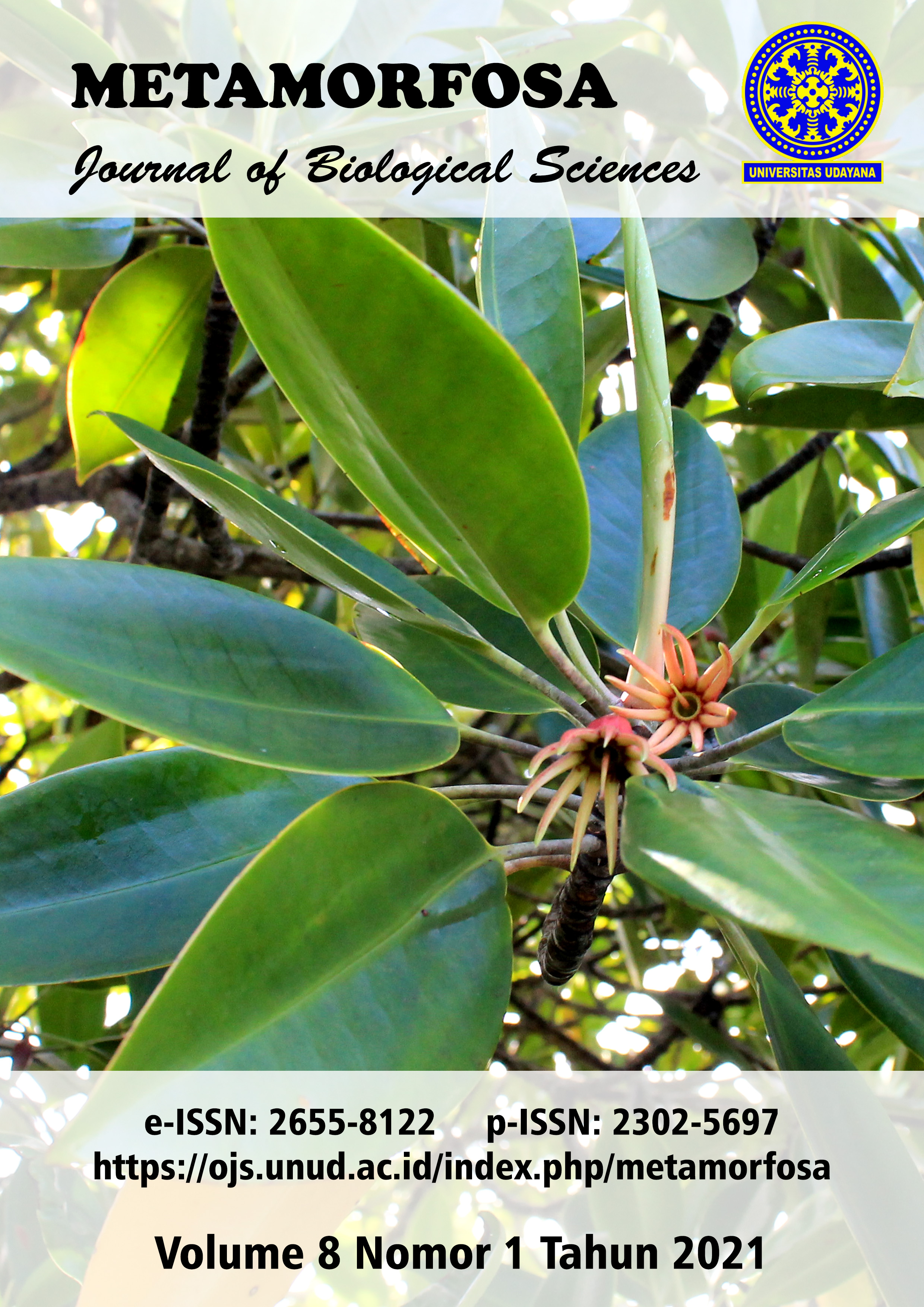Prevalence Of Leucocytozoonosis And Plasmodiosis In Duck (Anas platyrhynchos) That Are Maintained In The Household Scale
Abstract
Leucocytozoon and Plasmodium are blood parasitic protozoa that can be found in poultry blood including ducks. These protozoa can cause Leucocytozoonosis and Plasmodiosis in poultry. Spread of the disease through different biological vectors. Similium sp. and Culicoides arakawae as vectors of Leucocytozoonosis and vectors of Plasmodiosis are Culex sp., Culiseta sp., and Aedes sp. This study aims to determine the prevalence of Leucocytozoonosis and Plasmodiosis in ducks that are maintained on a household scale. Ducks are taken from four locations (breeders on a household scale) in Besan Village. In each location, 5 ducks were taken so that the total number of ducks used was 20. This research used purposive sampling method. Samples of duck blood were made as blood smear preparations and stained with 10% Giemsa stain solution then observed under a microscope. The parameters observed were the percentage of blood samples infected with Leucocytozoon and Plasmodium and hematological parameters (total leukocyte count, total erythrocyte count, hemoglobin level, and PCV value). The results showed that Leucocytozoon and Plasmodium were not found in duck blood cells. The prevalence of Leucocytozoonosis and Plasmodiosis in ducks was 0%. The average value of duck blood profile through One Way Anova statistical analysis showed no significant difference between ducks from each sampling location (p> 0.05) and the value of duck blood profile for all samples was within the normal range.





